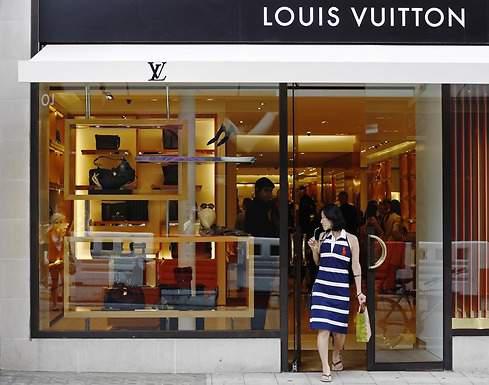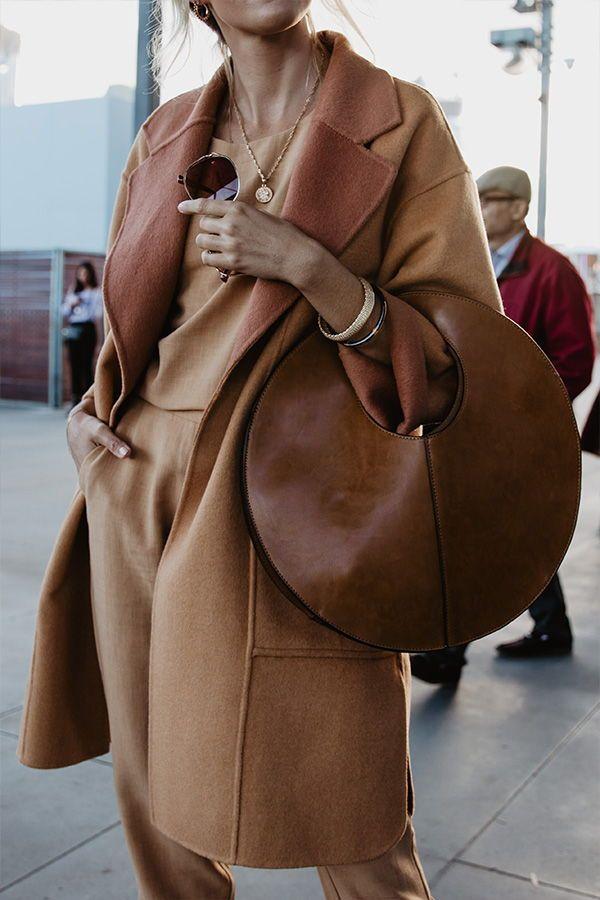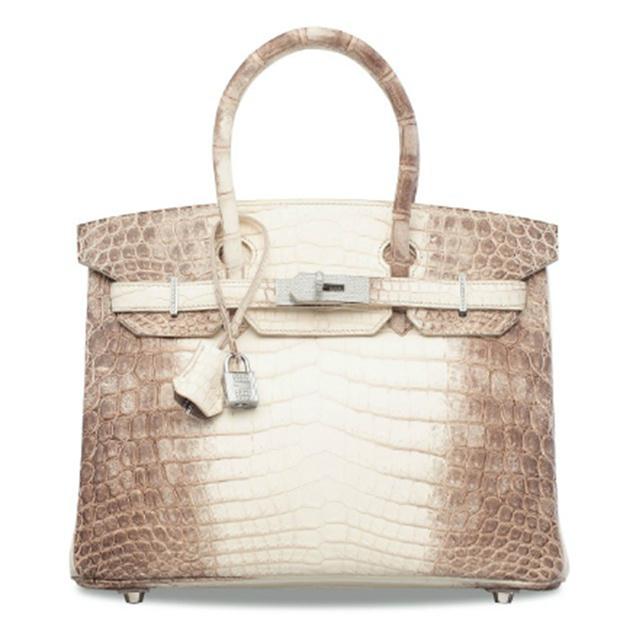- Laura Quintana
Why buy Inditex or H&M shares when luxury is just as cheap on the market? It is, if you want to see it that way, the democratization of fashion, as the romantics would say. The big international brands, see LVMH, Hermes or Kering (owner of Gucci, among other brands) began a trend in the years of the last financial crisis according to which their shares are paid increasingly cheaper on the stock market based on the multiplier of benefits to which they quote. In 2008 an investor who bought titles of luxury giants had to wait more than a century on average to recover his investment by way of dividend.
Today, at 25 years old, it would be enough for the 23 he should have if he acquired low-cost textile titles, exemplified by companies such as Inditex, H & M, Fast Retailing (Uniqlo) or the American Ross Stores.
The market consensus shows a PER (number of times the share collects the profit in price) of 25 times for 2020, which represents a premium of 8.6% over traditional textiles. And its difference will continue to shrink in 2021, when a profit multiplier of 23 times is expected for luxury compared to 22 times for the ten companies led by Inditex.
What is being bought?
Paying practically the same for a share of LVMH -whose PER stands at 25 times this year-, of Kering -at 21 times- or of Burberry -at 21.5- than for another of Inditex -at 24 times-, H&M -23- or Ross Stores -22- would not say anything per se if it were not for the fact that, although both subsectors belong to the world of fashion, they do have quite a few differences. In short, the profit of luxury firms will grow more, as will their sales; with margins that are nearly double; and with a greater number of purchase recommendations so they have the consensus on their side. The large conglomerates led by LVMH will earn, on average, 32% in 2020 compared to 2018, while their low cost peers, such as Inditex, the American VF or the British Next, will obtain profits that will advance 18% in the three-year period.

I know, sat morning is screaming out for a video of a school bus arriving in Mongolia - so here you go - keep watch… https://t.co/rtFC7Pu9Jc
— martha lane fox Sat Feb 20 08:37:09 +0000 2021
Who stands out above the average? The French Kering, third by capitalization among its peers -if Christian Dior is included, within the Louis Vuitton group- with 75,300 million euros and has the best purchase advice. Its benefit will also be the one that grows the most from 2018 to 2020 -it will do so by 37%. Excluding special items, its profits increased by 15% in 2019, "thanks to Gucci, which exceeds expectations [and is 60% of total sales], given the great strength shown in the Asia-Pacific area (which represents 37% for Gucci of its income) and the recovery of the US", they affirm in Banco Sabadell.
The key that justifies the higher growth of the luxury sector is its exposure to Asia, and, specifically, to Japan and China. With data from Bloomberg at the end of 2019, the Asian continent accounts for 43.9% of sales for Moncler, 36% for Hermes, and a third also represents LVMH, Christian Dior or Kering. But, in addition, they are also accompanied by market momentum, beyond the coronavirus, because luxury is a classic refuge in times of crisis or economic slowdown. And it is that they traditionally increase their sales.
But if the luxury greats stand out for something, it is because of the margins with which they sell their exclusive products. The consensus predicts that, on average, in 2020 they will achieve an EBIT margin of 22%, which the Swiss watchmaker Swatch pulls downwards -with an expected 12%-, very touched on the stock market and in its accounts due to its strong exposure to Asia ( 64% of sales). Hermes, on the other hand, leads the ranking with an estimated 34% margin/ebit this year.
In the case of low-cost fashion, Inditex reigns in the table, with margins that the market expects to recover the level of 18% in 2021 and to touch it this year, consolidating the change in trend. In the case of the firm from Arteixo, its exposure to China represents 8% of the group's sales, while for H&M it is 5% of income.
Is the virus an opportunity?
The coronavirus crisis has been a small stock market earthquake for the big luxury brands, from which they have already begun to recover. Since the news went viral at the end of January, the ten major brands have lost, on average, 4% of their market capitalization, which at that time exceeded 500,000 million euros.
Burberry and Swatch are the most affected companies, according to different analysis houses. Sales in China represent 37% and 45% of its total customer base, collects JP Morgan. And this has been reflected in the market. Especially in the case of the creator of the famous checked trench coats. Her shares are the most bearish among the large fashion conglomerates, and have dropped 9% on the stock market since the coronavirus crisis broke out. Its financial director, Marco Gobbetti, was forced to come forward and acknowledged last week that "24 of the 64 stores they have in China have been closed [37.5%]" which has caused "an impact on their sales, also in Hong Kong". The blow to Kering has been even greater, with half of its establishments closed. "Luxury firms have doubled their exposure to Asia since the SARS epidemic in 2003, capturing demand from the largest global consumer such as China (with 40% of the market share) and 12% of passenger traffic in the airports worldwide. This situation makes them more vulnerable to the coronavirus", recognize the experts from Bloomberg Intelligence.
JP Morgan expects a "strong impact on sales" of the sector close to 36% during the first quarter of the year due "to the drastic measures adopted by the Chinese government." Based on the information they have, analysts calculate a 40% drop in customers in stores on the street and up to 70% in malls, figures that in Hong Kong and Macao, classics of luxury sales, have come to overcome a collapse of 80%.




